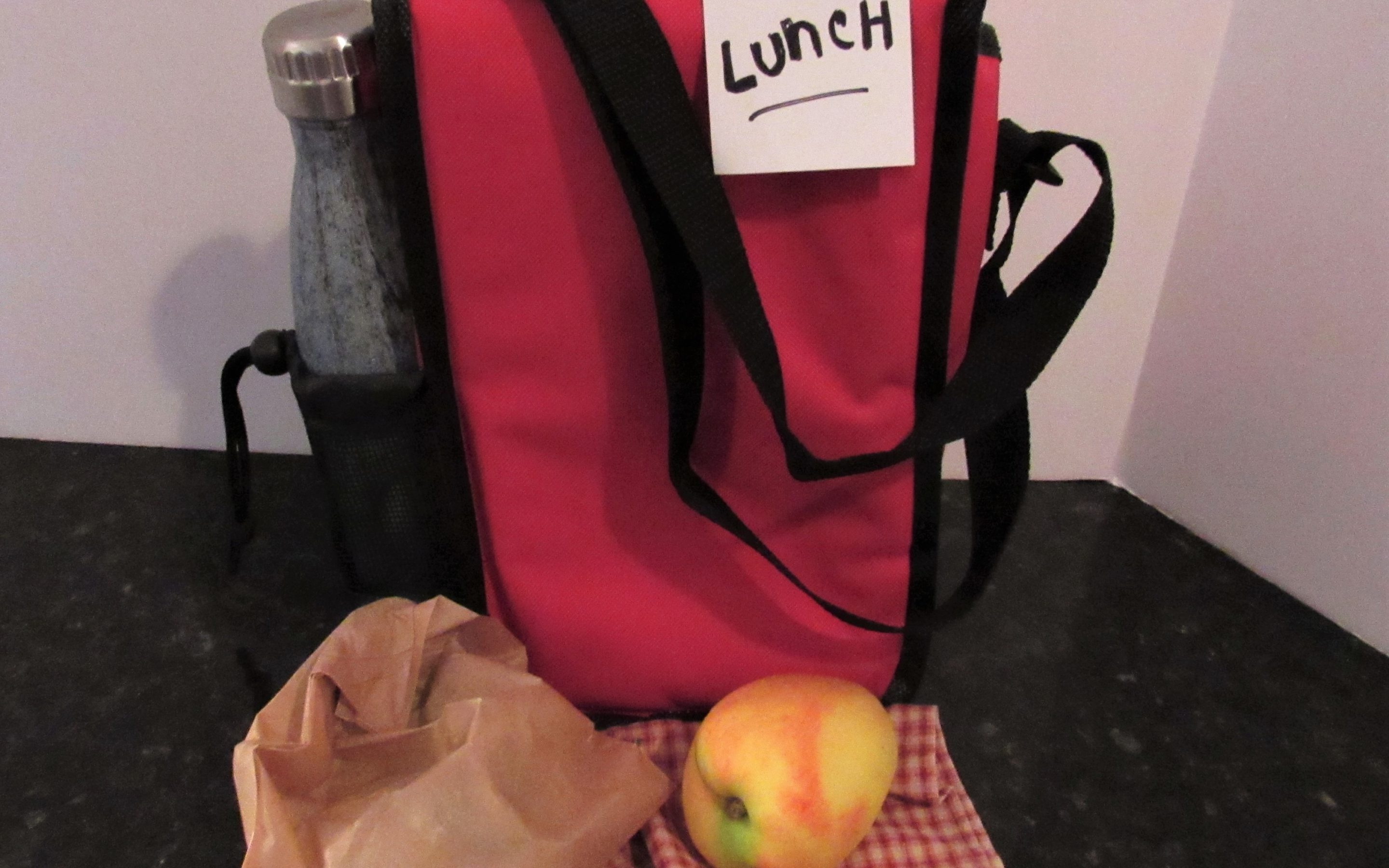September is a big shift for many of us in our routines; back to school, different work schedule, more focus and extra activities to schedule in.
Whether you are packing a lunch for yourself or your kiddos remind yourself why you are committed to making this a daily habit. When life gets busy or your schedule hits a snag its so easy to default to drive through, processed convenience foods or skipping it altogether.
If you’re committed to better health being in control of what you are eating is so important. Fast food and commercially prepared meals overall tend to have an excess of poor-quality fats and too much salt.
“92% of restaurant meals have too many calories”, according to a 2016 study published in the Journal of the American Academy of Nutrition and Dietetics. Packing your own lunch will also save you $$. Think about what you could do with that extra 4.00-12.00 per day x 5 days a week that you’re spending on lunch. If this is a whole new concept for you try starting out with 3 or 4 packed lunches a week and indulge in 1 purchased meal.
Whether you’re a seasoned pro or new to packing a lunch follow these tips to make lunches that you and your kids eat. More importantly, you don’t want your efforts to be dumped into the trash bin.
- Start with real, whole food ingredients and make it nutritionally balanced, with protein, fats and carbohydrates. When my kids were young lunch may have looked like a box of snacks, (which they enjoyed and happily ate), but overall nutrition was part of the plan. A typical lunch box may have included; cucumber and green beans, berries, mini almond butter and sliced apples on sprouted grain bread and edamame .
- Easy to eat– younger kids enjoy foods that can be picked up with their fingers. One bowl meals or salads that only require a fork, with nothing big that requires a knife to cut are good options. The average school aged child in the US has 25–30 minutes to eat lunch, according to statistics from the School Nutrition Association. The less fussy and messy the better. Adults often don’t even take their lunch break to eat lunch or are eating lunch at their desk.
- Skip foods that are smelly- there is no better way to ensure your carefully prepared lunch will wind up in the garbage or have you eating lunch all alone than packing something that has a strong odor. Some foods naturally have a strong smell and others will become stronger after being stored for a while in your lunchbox. A few of the top offenders to avoid are; hard boiled eggs, fish, Brussel sprouts, raw garlic and cooked cabbage.
- Include foods you like- Okay this may seem like a no brainer, but meals away from home are not necessarily the best time to try out new foods. Stick to tried and true ingredients you know will be enjoyed.
- Tastes good eaten at room temperature- Don’t depend on having somewhere to heat up foods or expect your freezer pack to keep something at just the right temperature. Always keep in mind food safety when packing a lunch, but just as importantly it should taste good eaten at room temperature.
- Pack enough food- think about who you are packing lunch for and what there day is like. Many people leave the house early in the morning and won’t be eating an evening meal until 10-12 hours later. Pack in extra snacks to cover for late meetings or after school activities.
- Get support and make it delicious- get your family involved in helping to pack lunches. Even smaller kids can help get packing containers lined up and pick out a piece of fruit to include in their lunch. A client of mine has a snack drawer, with healthy prepackaged snacks that their kids can pick from each day to include in their lunch.
The food we eat, and the experience of eating need to satisfy our senses. We should derive pleasure as well as nourishment from what we consume. Remember food is a sacred gift meant to be enjoyed and shared.

